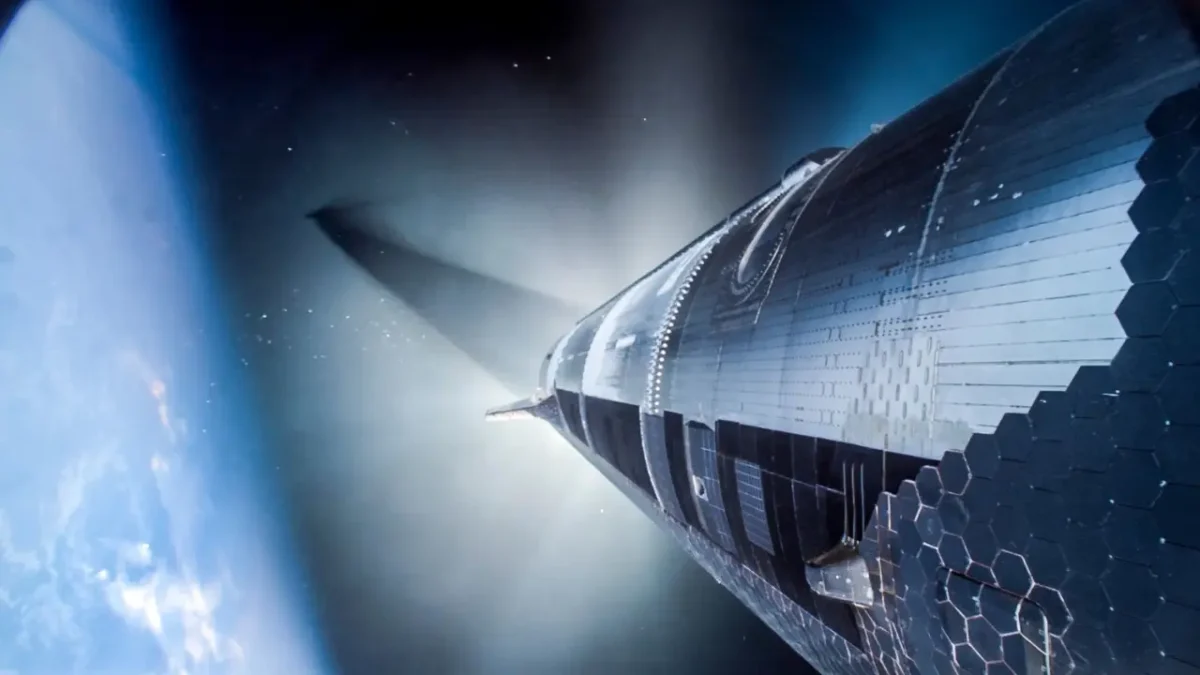SpaceX has recently released the official investigation report of its Starship Flight 9 and Ship 36 ground test accident. These incidents, which took place in May and June 2025, have given the company many important technical lessons. The information obtained from these will be used to make the next versions of Starship and Super Heavy booster more safe and reliable.
On May 27, 2025, at 6:36 pm (CT), Flight 9 took off from Starbase, Texas. This was the first time the Super Heavy booster was reused. All 33 Raptor engines ran correctly and the booster successfully separated from the upper stage (Starship upper stage) and performed a boostback burn. This time the booster was returned at a steeper angle (about 17 degrees) than before to collect new data. But, due to high pressure during the landing burn, the booster’s fuel tube was damaged. The combination of methane and liquid oxygen caused a fire and 382 seconds later, the booster lost contact about 1 kilometer above the sea. Now in the next test flight, this angle will be kept low so that such a situation does not arise.
After separating from the booster, the Starship upper stage achieved the set speed by burning all 6 engines. But during the flight, the level of methane gas in the nosecone continued to increase, due to which the pressure of the main tank became low and the pressure of the nosecone became high. The effect of this was that the payload door could not open completely and an important part of the mission could not be completed.
Gas leakage led to liquid methane going into the nosecone and the temperature dropped. For safety reasons, the system released the remaining fuel into space. After this, the Starship entered the atmosphere at the wrong angle and lost contact at an altitude of 59 kilometers over the Indian Ocean. Investigation revealed that the problem was in the pressure diffuser of the main tank. It has been replaced with a new and stronger design, which was successful in withstanding many times more pressure in the test.
Ship 36 Test Failure and SpaceX’s Safety Upgrades
Three weeks after Flight 9, on June 18, 2025, Ship 36 was being ground tested. Even before the six-engine static fire, a massive explosion occurred during propellant loading and destroyed the entire ship. Fortunately, no one was injured.
The investigation revealed that the Composite Overwrapped Pressure Vessel (COPV) near the nosecone had internal damage that was previously undetected. This tank stores nitrogen gas for Starship’s environmental control system. The tank ruptured, mixing fuel and causing a fire. Now SpaceX will run these tanks at lower pressure, perform additional tests and install new protective covers, so that any damage can be detected beforehand.
SpaceX says that the learnings from each flight and test are directly incorporated into the next version. There are still two more flights left with the current generation, in which new experiments and safety improvements will be tested. These incidents made it clear that despite progress, technical challenges still exist—areas like fuel leakage, structural pressure and equipment strength are constantly being improved.
The goal of the Starship program is to create a fully reusable, reliable, and powerful rocket that could make space travel safe, affordable, and routine.
